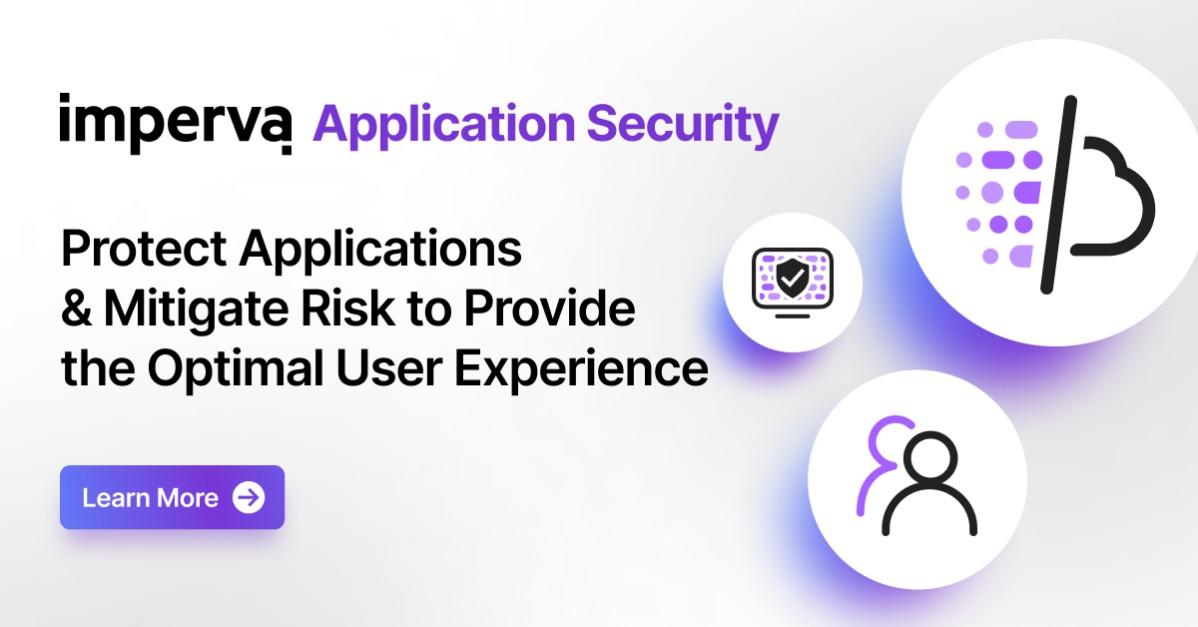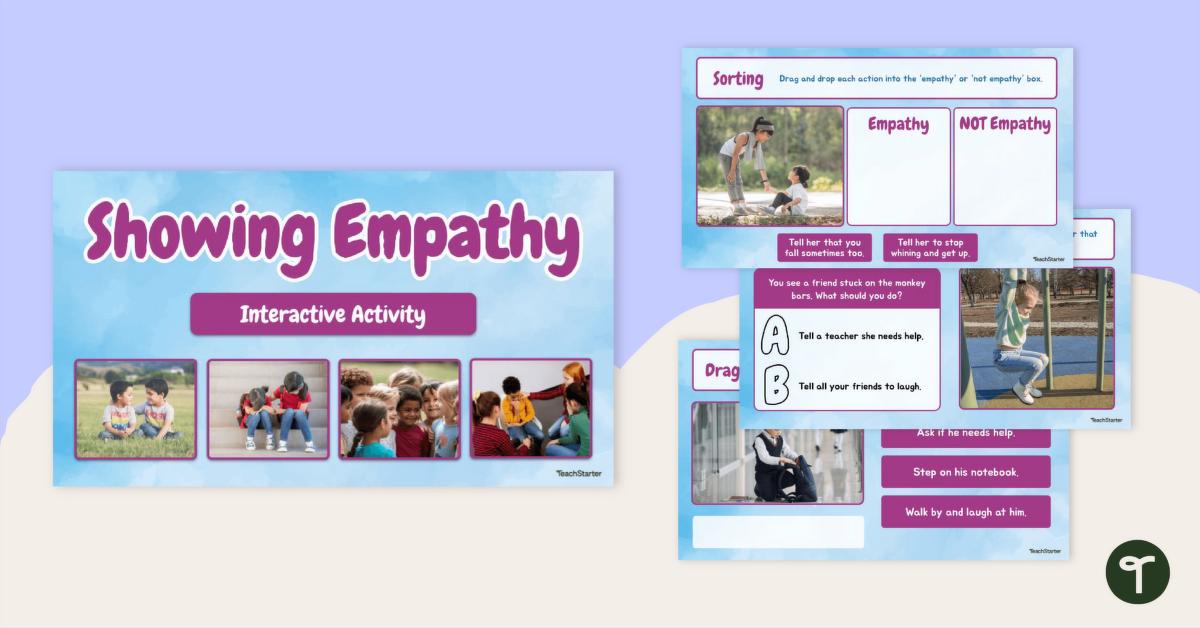Understanding Docker: The Containerization Champion
Docker has emerged as a *game-changer* in the world of application development and deployment. By containerizing applications, Docker allows developers to package software in a standardized unit, ensuring that it runs smoothly across different computing environments. This leads to higher portability and efficiency, effectively eliminating the dreaded "it works on my machine" syndrome.Some key benefits of Docker include:
- **Consistent environments:** Deploy applications across platforms without compatibility issues.
- **Increased scalability:** Spin up multiple containers easily as demand grows.
- **Faster deployment:** Rapidly push updates without shutting down the entire service.
UI/UX: The Heartbeat of Customer Interaction
Once your application is containerized and ready, it’s time to dress it up with a user interface that would make even the grumpiest user crack a smile. **User Interface (UI)** and **User Experience (UX)** design are critical components; it’s no longer just about making things pretty. Engaging interfaces should be accessible, intuitive, and functional—*qualifiers that ensure the user's journey is as smooth as a freshly buttered slide.*Consider the importance of:
- **User Research:** Understanding your audience is half the battle won.
- **Prototyping and Wireframing:** Lay down the blueprints before jumping into design.
- **Iterative Feedback:** Continuous testing leads to improvements, after all Rome wasn’t built in a day!
SaaS: The Cloud Revolution
With the dawn of Software as a Service (SaaS), businesses no longer need to install software on individual devices—*it’s all in the cloud!* This paradigm shift delivers cost savings, easier collaboration, and flexibility. Why have one license when you can share subscriptions across the entire company, right?Key SaaS advantages include:
- **Accessibility:** Work from anywhere, almost like teleportation but with fewer hiccups!
- **Automatic Updates:** Forget about manual installations; that’s so 2010.
- **Scalability:** Add or reduce licenses easily as team size fluctuates without the headache!
Embracing Agile Methodologies
Agile methodologies have replaced the traditional waterfall approach, allowing teams to be more responsive and adaptive. *Think of it as turning a ship rather than attempting to reroute the Titanic!* Agile encourages collaboration, flexibility, and customer feedback throughout the development lifecycle.Advantages of Agile include:
- **Faster Time to Market:** Quick iterations mean your application is on the shelves, or online, in no time.
- **Improved Collaboration:** Cross-functional teams foster communication and skill-sharing.
- **Enhanced Flexibility:** Adapt to change quicker than a cat changes direction!
Embedded Systems: The Unsung Heroes
*First thought of as the invisible machinery* behind your everyday apps and devices, embedded systems are what breathe life into electronics. From your microwave to sophisticated industrial machines, they make everything tick. Understanding their complexities paves the way for more innovative designs and applications.Embedded systems are characterized by:
- **Real-time operation:** They perform tasks in a timely fashion, often with strict deadlines.
- **Efficiency:** Low power consumption and cost-effectiveness give them the edge.
- **Customization:** Tailored solutions for distinct applications make them versatile.
Databases: SQL vs. NoSQL – The Great Debate
When it comes to data storage, you’ll inevitably face the SQL vs. NoSQL dilemma. SQL databases, known for their structured query language, are perfect for applications demanding rigorous data integrity, while NoSQL databases (*the free spirits of the data world*) excel in handling unstructured data altogether. Think of SQL as your neat little filing cabinet and NoSQL as a more chaotic but still functional bookshelf.Common scenarios for each include:
- **SQL Databases:** Financial applications require strict data integrity.
- **NoSQL Databases:** Big data applications where flexibility is vital.






